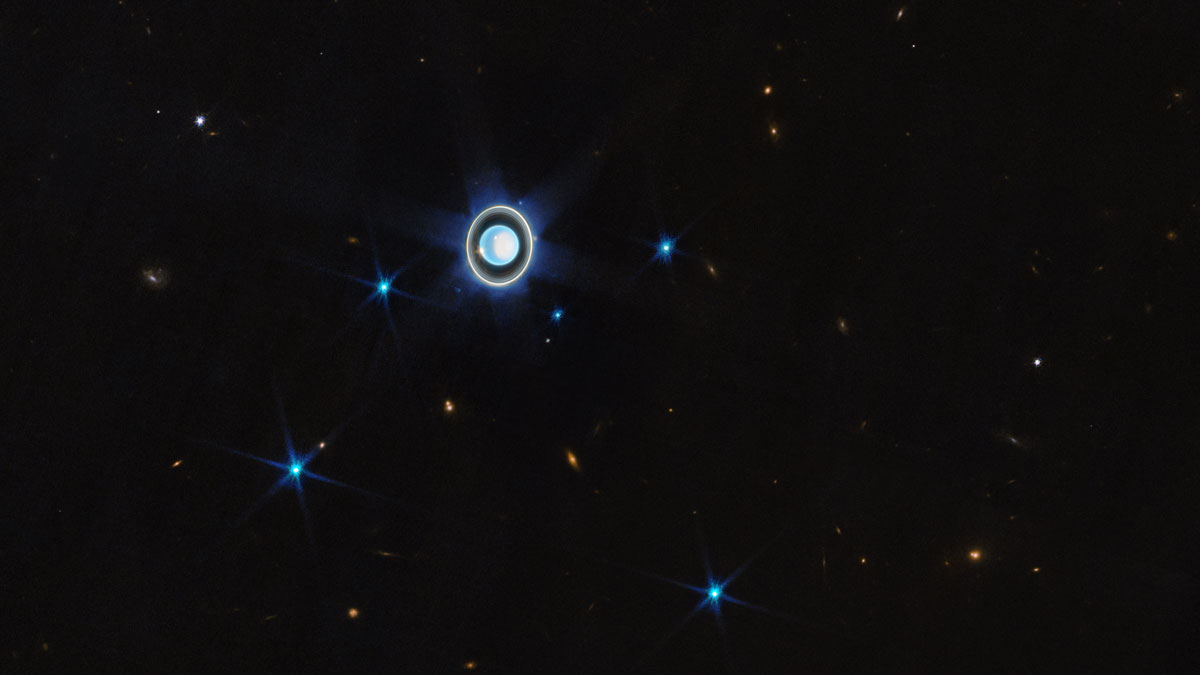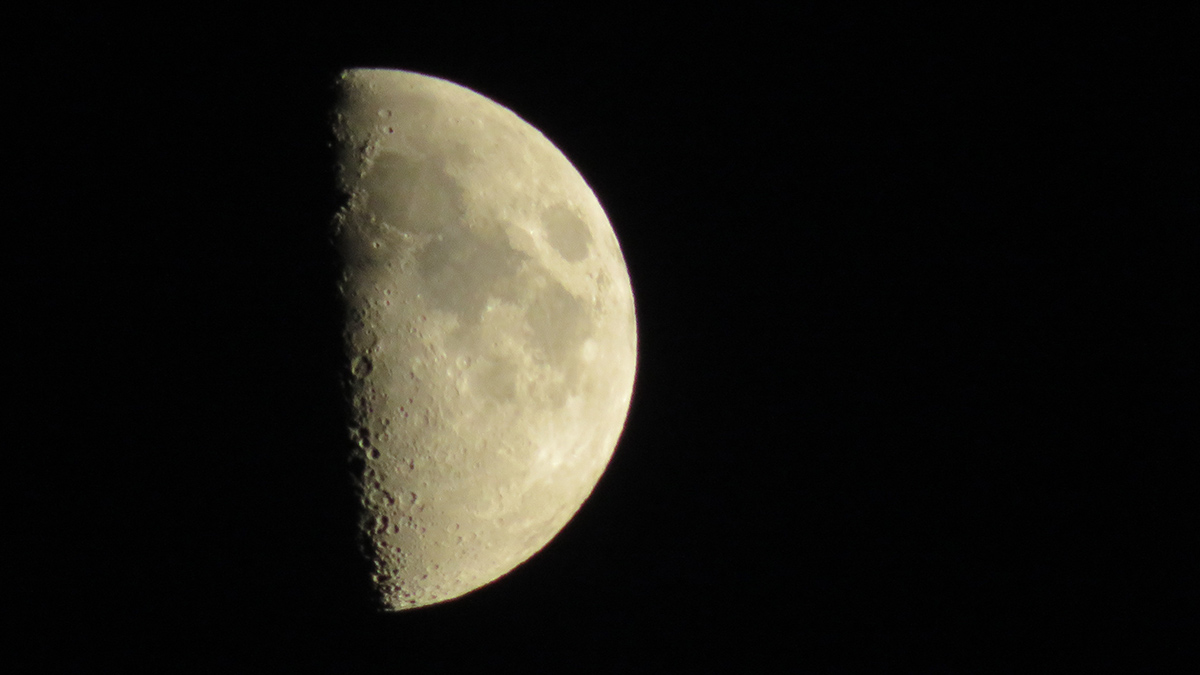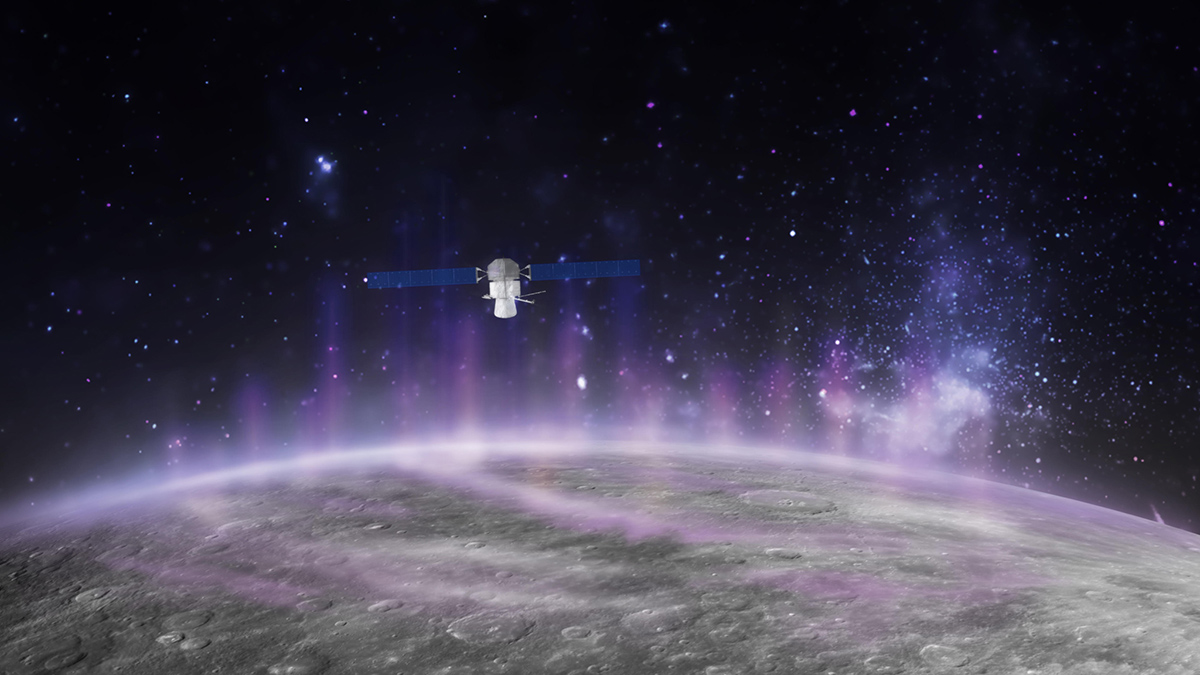The first Intuitive Machines lunar mission carries/carried six scientific payloads from NASA to contribute to the Artemis Program.
spacecraft
Japan’s SLIM Spacecraft Lands on the Moon
The mission hopes to advance space exploration using a lightweight lander and a high-precision landing system.
The 21st Century’s “Music of the Spheres”
Scientists and artists are giving voice to everything from planets to black holes, enriching the research experience and bringing wonders of the universe to new audiences.
Here’s How Artemis Astronauts Will Navigate on the Moon
The next wave of lunar explorers is headed to terrain that promises to be both stunning and challenging. Here’s how they’ll cope with some of the difficulties they’ll encounter.
A Lunar Mission Spots Its Failed Brethren
Data from NASA’s Lunar Reconnaissance Orbiter have been instrumental in pinpointing where other Moon-bound spacecraft have crashed.
Uranus: Time to Boldly Go
Scientists say now is the time to unlock the secrets of Uranus and suggest a low-cost, low-risk way to do so.
There and Back Again: Asteroid Samples Return to Earth
OSIRIS-REx will help reveal Bennu’s detailed carbon chemistry and history of space weathering and unlock a key piece of the solar system’s early history.
Visualizing the Deep Insides of Planets and Moons
A novel method uses gravity data to determine where density anomalies lie inside planetary bodies.
Dramatic Flyby Confirms That Mercury’s Radioactive Aurora Touches the Ground
Data collected by the BepiColombo spacecraft traces the causes of the strange aurora, which course through the planet’s weak magnetosphere.
Spacecraft to Swing Past Mercury for Third Time
With each flyby, the BepiColombo mission gets another boost of energy for its eventual orbital insertion around Mercury.










